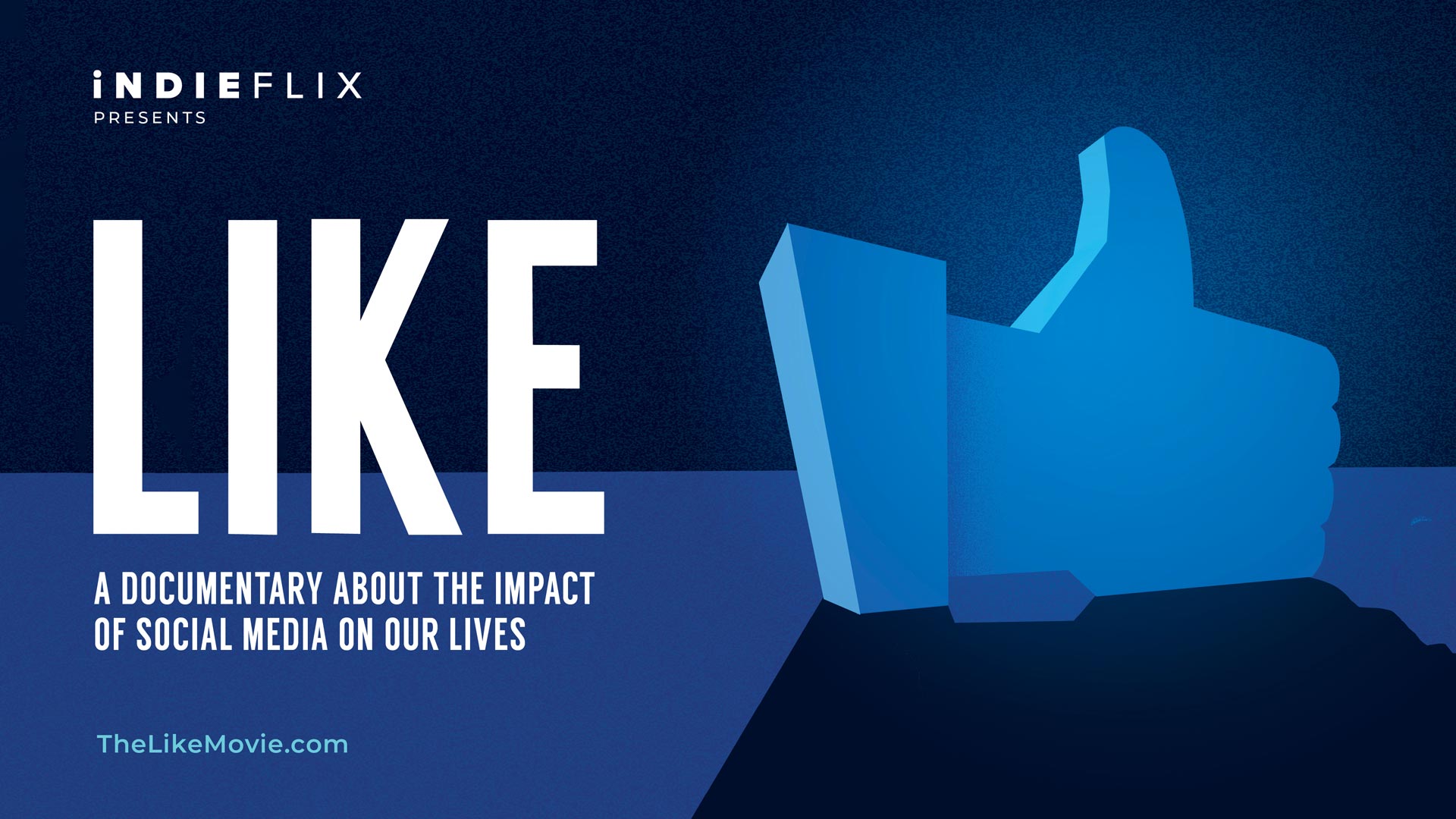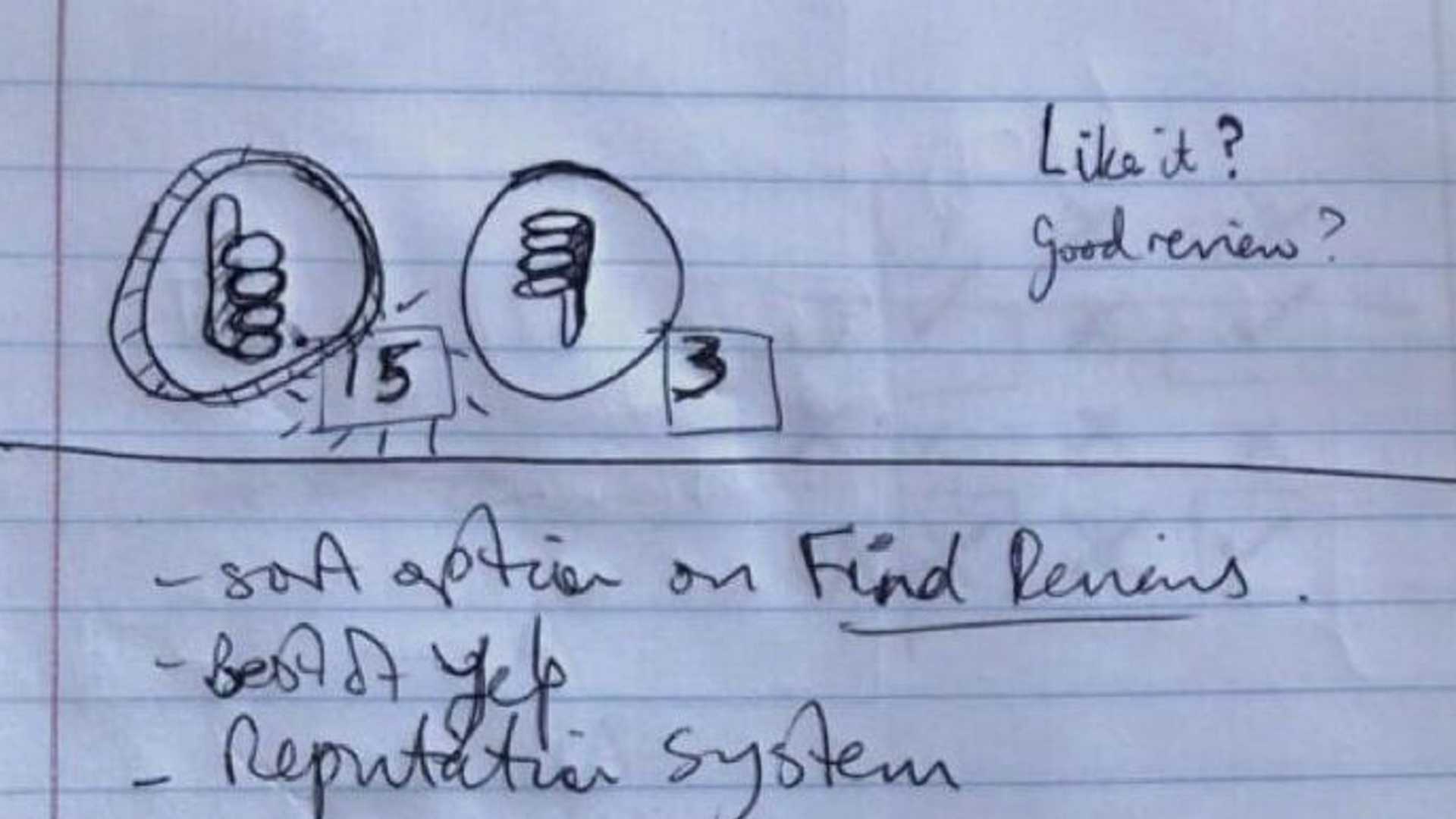Facebook's Like button featured in new book | Shareable Stories ...
Visitors take photos on Aug. 31, 2016, in front of the Facebook sign outside the company's headquarters in Menlo Park, California. A sketch from May 18, 2005, by Bob Goodson provides an early concept of what would later evolve into the Like button.
The Story Behind the Like Button
In the technology realm, innovators like Russ Simmons, Biz Stone, Max Levchin, Steve Chen, and Paul Buchheit were exploring ways to incentivize users to generate engaging content online without significant financial investment. This pursuit led to the development of the Like button, which played a crucial role in shaping the modern internet landscape.

The journey towards the creation of the Like button involved various iterations and collaborations. Initially introduced in a crude form by Bob Goodson at Yelp, the idea gained traction and eventually found its way to Facebook. Despite initial reluctance from Mark Zuckerberg, the Like button was officially launched on the platform on February 9, 2009, marking a significant milestone in social media history.
Evolution of Social Interaction
Over the years, the Like button has transcended its original purpose, becoming a universal symbol of approval and engagement. Its integration into various digital platforms revolutionized user interaction and content discovery, leading to the emergence of targeted advertising strategies that have reshaped the online advertising landscape.
The Impact of the Like Button
While the Like button has undoubtedly enhanced user engagement and content visibility, it has also raised concerns about its psychological effects, particularly among younger generations. The quest for validation through digital interactions has posed challenges related to self-esteem and social validation.

Despite these complexities, the Like button remains a testament to the innate human desire for connection and affirmation. Its evolution and widespread adoption serve as a reflection of our intrinsic need to express and receive acknowledgment in the digital age.
We recommend switching to one of the following browsers:




















